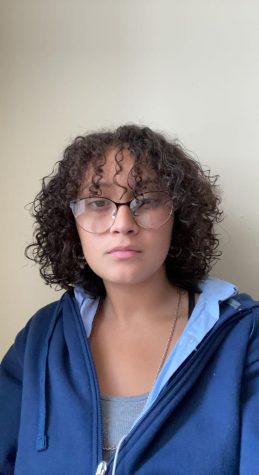Police Brutality
Police brutality continues to affects youths everyday life.

Signs used at a Black Lives Matter protest.
March 10, 2022
Police brutality remains a serious issue, and continuously affects student’s day-to-day lives, rather it be directly, or when dealing with the effects of the aftermath.
“I feel like the justice system has failed a lot of people especially non-white people. It’s very biased how they handle situations and what they say. The justice system was constructed to favor white people,” Sophomore Nyema Walker said.
According to a study by the Washington Post, starting in 2015, officers have killed about 6,400 people over a six-year period, with an average of a thousand per year, or approximately three per day. In 2020, the annual toll reached a new high of 1,022 fatal shootings.
“I think so many of us have just been surprised that like the level of the way the police react so quickly, before assessing a situation, like always firing or drawing a gun before the situation has been like fully assessed,” World History and Geography teacher Sarah Stinard-Keil said.
Fatal shootings range from the unavoidable and therefore legally excusable— such as officers coming under gunfire — to a small number that prosecutors considered malicious. The majority of those murdered were armed. Almost every shooting has been deemed legal. Observers and experts, however, believe that many of the incidents could have been avoided if the police had used less harsh techniques. Although Afro-Americans are only 13% of the entire American population, Black Americans are killed at twice the rate of their white counterparts.
“I started working here, right as January 6 happened, and like, a lot of the students were like, Oh, if that had been like a Black Lives Matter protest, they would have been treated very differently than like the people at the Capital, who like did not face a lot of police brutality while they were protesting because they were white,” Ms. Stinard said.
In certain cases, the police officers involved are the only witnesses. Despite a push for police body cameras since 2015 and the periodic appearance of surveillance footage or bystander smartphone video, more than 80% of fatal police shootings are still undocumented.
“Nationwide, such exemptions are carved into state public records laws, empowering police departments to deny the public access to vast amounts of information,” Washington Post Journalist Nate Jones said.
In most situations, the police involved are only witnesses. Regardless of the consistent push for body cameras, 80 percent of fatal shooting by police officers remain undocumented because of the lack of evidence and accountability.
“”I feel like there needs to be a change in people’s mindset as well as a change in society’s outlook,” Walker said. “The first step is them [police] understanding what they do is wrong and taking accountability.”
According to a new study on lethal police brutality, more than half of all police killings have gone unreported in the previous 40 years, and Black Americans are 3.5 times more likely to die because of police violence than white Americans. According to the study, the NVSS (National Vital Statistics System) misreported 55.5 percent of these deaths overall, while 59.1 percent of deaths among Black Americans were underreported.
“Honestly, it [police brutality] scares me because I makes me think ‘what if I was in a situation where I needed help?’ Who can I really call because the people who are supposed to protect us cause the most harm,” Walker said.


